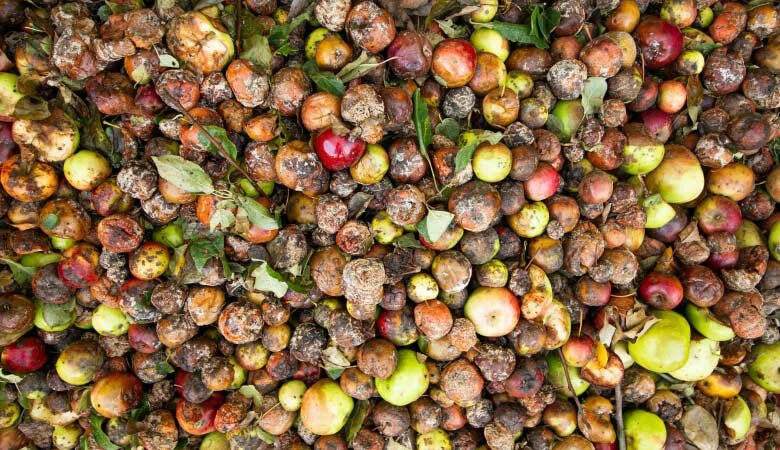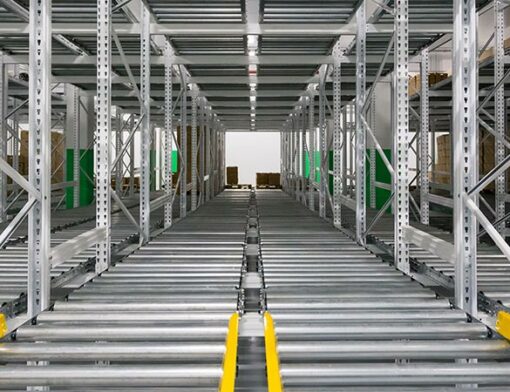Food waste: 7 practical tips to reduce it

One in three tons of food produced is wasted, representing thousands of tons that are not channeled to feed malnourished people around the world with huge financial losses for companies. This is how your organization can fight food waste with 7 practical tips.
What is food waste and why is it important?
Food waste refers to any loss in the production chain, either by deliberate or accidental disposal, or simply by non-use. This is a growing concern. One-third of all the food produced annually is wasted, representing approximately 2.5 billion tonnes – enough to eradicate hunger that still affects 767 million people worldwide.
More than half of the wasted products are damaged fruits and vegetables, or those that fall outside conventional aesthetic standards of color, size or shape. Specifically, 43% of the food wasted is vegetables, followed by cereals at 25%. Fruits come third, with 14% and then eggs, dairy products and oilseeds. Finally, meat accounts for roughly 4% of all unused food products.
Food waste is a factor of great social imbalance and contributes to increasing inequality and issues such as food security, public health, forced migration and violence. For the environment, food waste represents no less than 3.3 billion tons of CO2 emissions per year, an unnecessary expenditure of 350 km3 of water and the waste of 1.4 million hectares of land.
Businesses also suffer from food waste. Wasted food means wasted money, which was invested in harvesting, transportation, packaging and storage. Worldwide, food waste represents an annual loss of approximately US$1 trillion and, in developed countries, over 40% of this food waste occurs in the sales and consumption phase. In the catering sector, waste rates balloon to around 20% – even in countries typically associated with low waste, such as Sweden, Norway, Finland and Germany.
So, what is to be done? Turns out, quite a lot. Food companies are in a remarkable position to help mitigate this issue and it all starts with 7 simple steps.
7 ways to reduce food waste in your business
Companies have an increased responsibility to combat food waste through internal changes. From gathering key data to stock management, there is a lot to do. This is how to start.
1. Identify where and how much you waste
The first step to reduce food waste is to learn how much waste there actually is. That starts with reliable measurements of waste and the identification of root causes. Each production stage is likely to have some degree of food waste – it can happen in raw material stock management, in preparing meals, in transportation or in finished goods storage. Chances are, once food waste is identified and accounted for, the annual volume and cost will come as a shock – remember, about a third of all food is wasted. Make such measurement a routine, and ask staff to write the causes of waste, which can range from expiry dates having run out, to poor cold storage conditions or even human error.
2. Improve stock management of perishable foods
Stock management best practices are essential to avoid food waste. Implement an effective system that gives priority to foods with the shortest shelf life in a FIFO (First In, First Out) or FEFO (First Expired, First Out) logic. The concept is this: the next product to be employed in production is the one that entered the warehouse first (FIFO) or the one that is closest to the expiration date (FEFO). FEFO, in particular, is especially suited for perishable products with demanding expiration date.
3. Control production to avoid food waste
Producing based on sales estimates is the path to food waste. Instead, produce only to fulfil firm orders or to replenish stocks. As a result, companies producing more than they can sell, saving on unnecessary expenses such as labor, storage and utilities. In the catering and restaurant industry, it may be prudent to adjust the quantities served.
4. Implement sound warehousing best practices
Knowing exactly which items are in stock and their expiration dates is instrumental in calculating order quantities and issuing orders at the right time. Also, do not store perishable products in large quantities, such as meat, fruits and vegetables, to prevent them from spoiling before use. In the warehouse, create your own labels or other signage for high-perishability products, and train teams in the correct way to handle sensitive product.
5. Review your purchasing policy
The fight against food waste begins when buying raw materials. Before moving on to the next order, make sure that you have the capacity to process, store, and sell the quantities requested within the estimated expiration period. Review historical waste rates and adjust the amount to order. And be wary of rappels or quantity discounts if you have concerns about the ability to sell the product.
6. Donate food
If you deal with large quantities of products, a residual percentage of food waste may be inevitable. In that case, consider donating to local organizations or charities. Food redistribution for human consumption, especially among more vulnerable populations, can go a long way to minimise poverty and food shortages.
7. Ensure the hygiene of your facilities
Proper cleaning and disinfection of facilities, utensils and food prevents products from becoming contaminated and, therefore, unusable for consumption. The MultiWasher is a high-performance industrial washing machine that guarantees perfect and sustainable hygiene.
MultiWasher, at your side to reduce food waste
The MultiWasher can disinfect any type of utensil used in food handling and preparation, an invaluable asset in the fights against food waste. This is a sophisticated equipment, which evaluates in real time the need for energy, water and detergent, in order to obtain the maximum level of efficiency. With MultiWasher, products are better protected from food contamination and can be used safely for longer, thus avoiding food waste. Contact us to see MultiWasher in action.



